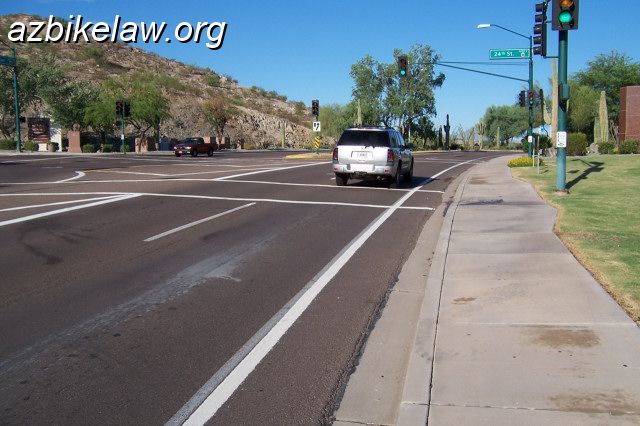Arizona sees surge in DUIs tied to medicine; AZ Republic, 4/08/2010.The gist of the article is that there is better detection; resulting in more DUI’s for non-alcohol.
One wonders how this ties into crashes involving injuries and death. Is blood routinely drawn, even when the driver passes field sobriety tests, as was the case of the dump truck driver who killed 4 motorcyclists recently?
Apparently blood was drawn from the driver who killed Allen Johnson — the investigation of which dragged on for 5 months culminating in a traffic ticket. Conversely, presumably no blood was drawn from the driver who killed Jerome Featherman. That case wrapped up with a couple of traffic tickets more-or-less immediately. Both cases were handled by the Pima County Sheriff’s Office, and in both cases impairment was not suspected. Was the driver who killed Featherman under any influence of prescription drugs? We’ll never know for sure.
It seems to me that blood should be drawn in any serious injury crash, and most certainly in EVERY crash involving a fatality. What are the rules?
Another problem is what to do with the results; The 21 year-old driver who killed Lance Adams (walking on the SIDEWALK, for cryin’ out loud!) was never charged despite Ambien (sleeping pill) , Darvon (a narcotic pain reliever), plus some marijuana in his blood. In that case, police recommended charges but the prosecutor wouldn’t bring any. Setting the marijuana aside; the warning for both these medicines has warnings not to drive (as do many, many medicines).
Background Info on drug impairment
Ambien / Zolpidem
Zolpidem (sold under the brand name Ambien) is a short-acting nonbenzodiazepine hypnotic with quick onset, and short (2 – 2.6hrs) half-life. It is well known that it can cause driving impairment, particularly when not taken as directed.
In hunting around for quantitative info on Ambien impairment, I ran across work from WSLH, the Wisconsin State Laboratory for Hygiene. Within their perview is the Medical Toxicology Section which performs alcohol and drug analysis for law enforcement agencies in support of Wisconsin law enforcement. Zolpidem Impaired Drivers in Wisconsin A Six Year Retrospective, William R. Johnson, et al. [.ppt of presentation][view online]
A white paper from the IECP : Zolpidem and Driving – A Dangerous Mix [.pdf][view online] has some useful summaries.
Some interesting info on voluntary vs. involuntary acts with respect to drug DUI from this CA defense attorney firm.
Here are two published papers, with PubMed link (and also, click on either and check out the “related”):
Ambien/zolpidem prescribing info – warnings (emphasis added): “Patients should be cautioned against engaging in hazardous occupations requiring complete mental alertness or motor coordination such as operating machinery or driving a motor vehicle after ingesting the drug, including potential impairment of the performance of such activities that may occur the day following ingestion of Ambien”
—
Here’s a handy reference list to drugs/driving: nhtsa.gov/people/injury/research/job185drugs/index.htm
—
FARS coding: positive results for drugs shows up in the field DSTATUS=2 (i.e. “test given”) and DRUGRES1, 2, or 3 have a number between 1 and 996; all in the person table. Zolpidem (Ambien) is 375. See pages 579-594 of the FARS Coding and Validation Manual. The coding for drug results in FARS is similar to the alcohol scheme, except there are no quantitative results, only positive/negative.
600-695 CANNABINOID
600 Delta 9
601 Hashish Oil
602 Hashish
603 Marijuana
604 Marinol
605 Tetrahydrocannabinoid
606 THC
695 “Cannabinoid, Type Unknown”
illiam R. Johnson





 *** a third win, see
*** a third win, see 